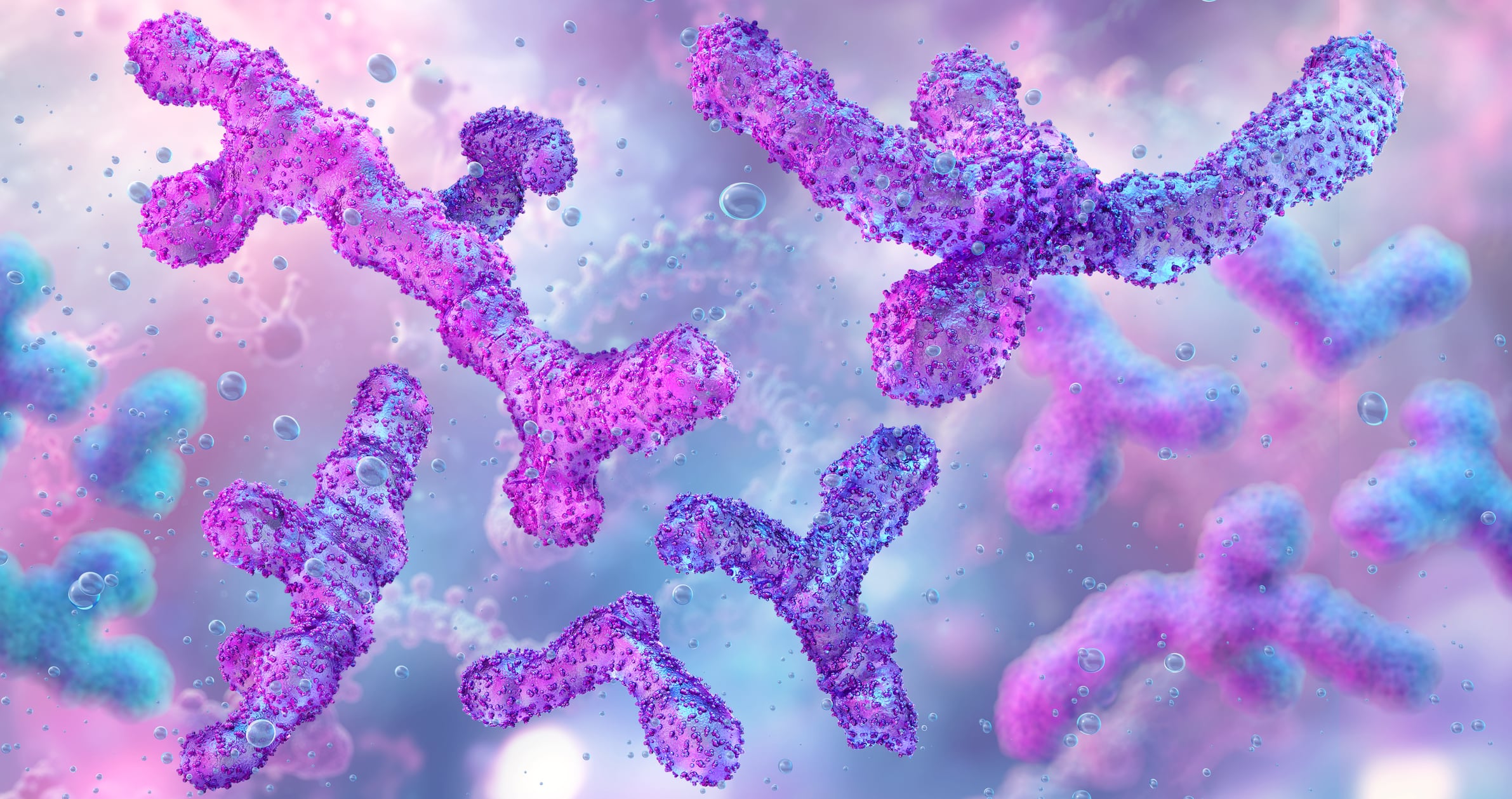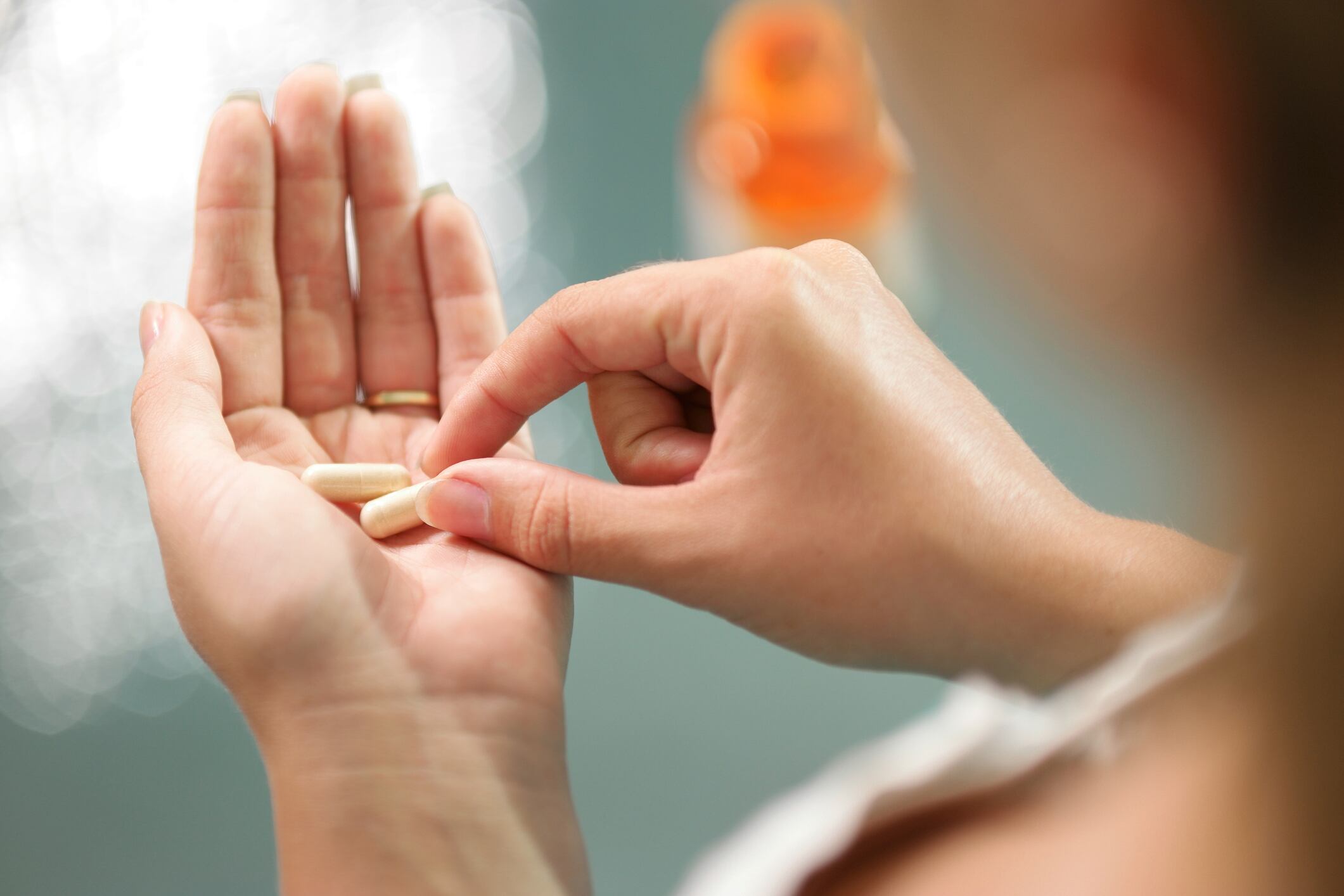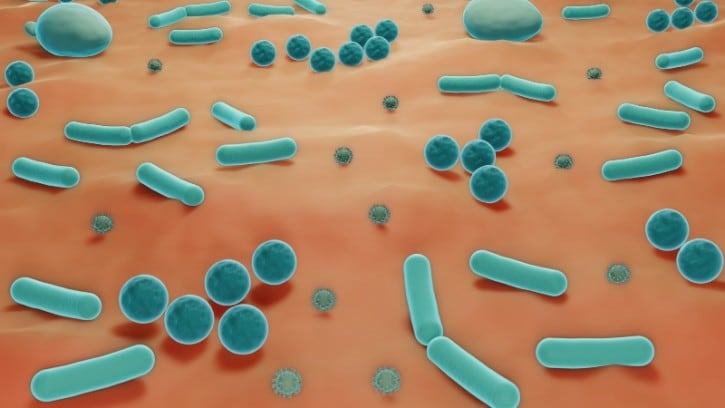The estrobolome is a collection of microbial genes from gut bacteria that can metabolize and modulate estrogen in the body. It was first defined in 2011 as “the aggregate of all enteric bacteria capable of metabolizing estrogen” and is understood to be vital for regulating estrogen, protecting against hormone-related diseases and supporting overall hormonal health.
By stabilizing estrogen levels, the estrobolome helps regulate menstrual cycles, supports fertility and eases hormonal transitions like menopause. A healthy estrobolome also prevents harmful estrogen buildup or deficiency and can help maintain bone strength, heart health, mood, brain function and metabolism by controlling the amount of active estrogen available to tissues.
This becomes particularly important at key life stages, such as perimenopause, when estrogen levels begin to decline and fluctuate.
Dr. Siobhain O’Mahony, senior lecturer at University College Cork and lead researcher with APC Microbiome Ireland, told NutraIngredients that although the topic holds great importance, much more must be done to raise its profile and embed it in gut health and women’s health discussions.
“The estrobolome is gaining traction in research but remains underrecognized by the public,” she said. “Its complexity and lack of research and funding in women’s health have limited widespread understanding and clinical integration.”
Improved education, clearer language and inclusion in routine hormone health discussions could bridge the gap between science and consumer awareness to empower women to take charge of hormonal wellness, she said.
Estrobolome’s role in endometriosis, PCOS and hormonal imbalance
Unlike the broader microbiome, the estrobolome directly influences hormonal balance via estrogen recycling, Dr. O’Mahony explained. It produces enzymes like β-glucuronidase that reactivate estrogens in the gut. This targeted hormonal role sets it apart from microbes involved in digestion or immunity.
An imbalance can lead to excess or deficient estrogen levels, disrupting hormonal homeostasis, and this dysregulation has been linked to multiple health conditions. Therefore, maintaining estrobolome balance is key to reproductive, cardiovascular and cognitive health, Dr. O’Mahony said.
Furthermore, dysbiosis in the estrobolome can elevate β-glucuronidase activity, increasing estrogen reabsorption. The excess estrogen may fuel endometrial tissue growth outside the uterus, worsening endometriosis, and in PCOS, altered estrogen metabolism may exacerbate hormonal imbalance and inflammation.
Probiotics could be key to women’s hormonal health
Dr. Emily Prpa, PhD, nutrition scientist, emphasize the importance of the estrobolome as it is a “true powerhouse hormone for women”, explaining that this tiny microbial ‘switch’ can affect many systems in a woman’s body.
“Within the larger gut ecosystem, it’s one piece of the puzzle, but it’s one with particularly high stakes for women’s health,” she told NutraIngredients.
Lifestyle, alcohol and hormonal medications can shape estrobolome composition over time, and antibiotic use can disrupt microbial diversity, reducing estrogen-metabolizing bacteria.
However, high-fiber diets and some fermented foods have been shown to support beneficial estrobolome bacteria and enzyme balance, and probiotics and prebiotics may also restore estrobolome function.
“There’s exciting work on targeted probiotics and synbiotics designed to influence estrogen metabolism, alongside dietary strategies to enhance microbial diversity,” Dr. Prpa said.
She noted one recent study that demonstrated that a probiotic blend helped maintain serum estrogen in healthy peri- and postmenopausal women over 12 weeks.
“It’s still early days, but these innovations point toward promising approaches to supporting hormone balance through the gut,” she added.
Until more research exists, Dr. Prpa advises that care for the estrobolome can be facilitated through care of the gut as a whole.
“Women’s health research has been historically underfunded and under-prioritized,” she said.
“The estrobolome is a perfect example of why that needs to change. These microbes influence one of the most powerful hormones in the female body, yet we’re only just scratching the surface of understanding their role.”
Long-term estrobolome research needed to advance women’s health
As Dr. Prpa noted, while the impact of the estrobolome has moved well beyond the hypothesis stage, clinical evidence is still catching up. What’s needed next, she added, are large, longitudinal human studies that link estrobolome activity to meaningful health outcomes across a woman’s lifespan.
For now, however, Dr. Prpa said the message to women is simple: “Care for your gut, and you’re caring for your hormones.”
For healthcare practitioners and nutritionists advising patients, she urged them to keep advice actionable and tangible, “rather than tossing female patients into the chaos of the current wellness ‘gut health’ hype.”
Nutra Healthspan Summit Women's Health Breakfast Briefing
Attendees of NutraIngredients' Nutra Healthspan Summit, taking place in London next month (Nov. 12-13) will have the chance to understand more about women's health as they age.
Held on the morning of day two of the event, a Women's Health Breakfast Briefing will provide presentations and panel discussing the trends and challenges in creating and marketing products built to support women as they age.
In order to secure a space in the sessions, event attendees can register their interest via.





